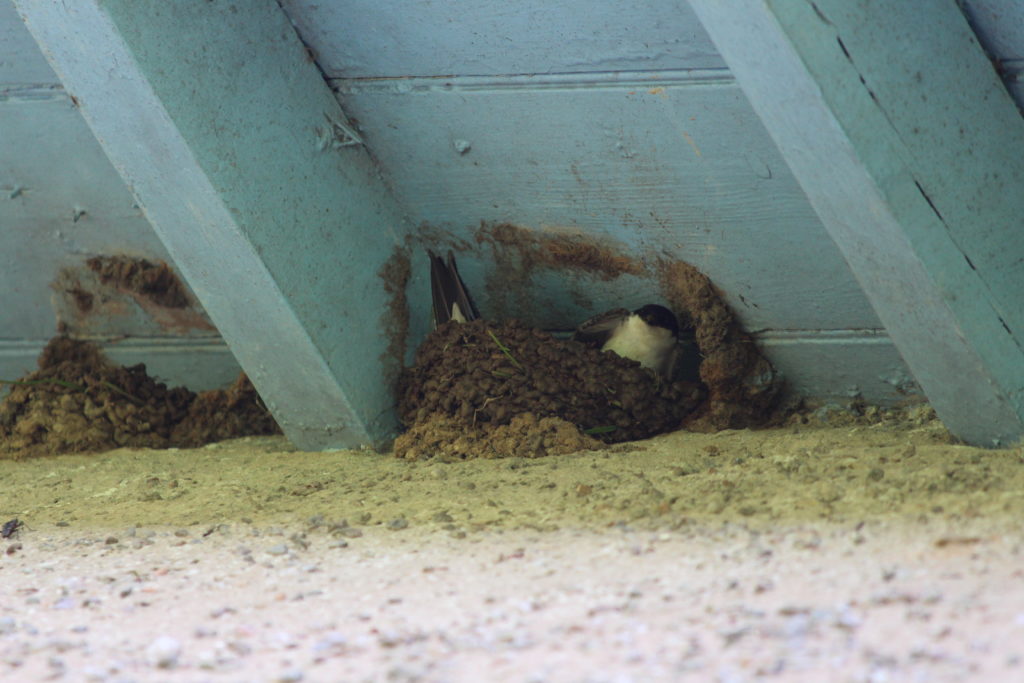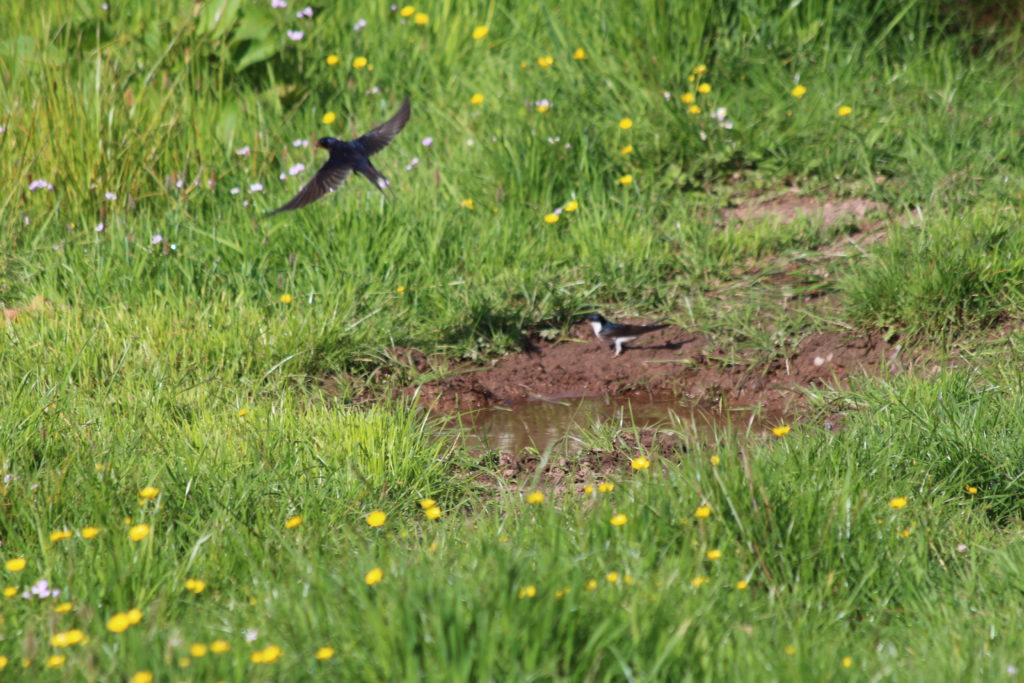We moved to our first home together (non-floating kind) last autumn 2019. It took 12 hours from Devon to reach the West Coast of Scotland. For our winged visitors, it took months.
A steady passage of: chiffchaffs, sand martins, willow warblers, cuckoos, swallows, black caps, grass-hopper warblers, spotted flycatchers, sedge warblers, even an osprey, homed in on us (or close by) from March to early May.

Many of these voyages weigh little more than a couple of dried teabags . Yet they had flown over jungles, the Sahara Desert, the Mediterranean Sea, all the way back to the gorse scrub, wood, barn, bog or whatever pinprick of interest they call home.
For generations they have returned. Following a combination of visual, offacultory, celestial, magnetic and still unknown cues. The feat is extraordinary; one of nature’s many amazing phenomena.
It has been the house martins I have been particularly pre-occupied by. They were the latest to arrive of the hirundines, on the 16 April. They hung about in the cluster of houses across the valley and scoured the fields for flies, but didn’t return to our house. Why not? There is plenty of accommodation- with old nests waiting for improvement and space for new to be built. Did they not like the new owners, the ponds we had dug for them to sip from or the scrape we had created for them to mine mud?

I had hoped it would all be perfect for their arrival, so why were they keeping away? Bad weather on passage had apparently suppressed numbers. Perhaps ‘our’ house martins had succumbed and would never return?

On the 29th April my heart sang; thirteen buzzed around the house, inspecting old nests, the garden, everything. All would be fine. Or would it?
They didn’t stay. Over the following weeks they would make the odd sojourn to check out accommodation, but never commit. I was fraught with worry.

Finally, on the 26th May, ten house martins returned and one pair diligently started nest building. They created two ‘plates’ on the west-facing side of the house, abanded those and began two more in earnest on the north-facing side.

They found our scape and pecked bundles of mud out, pulling out grass leaves too. A swallow pair joined them. Two pairs of each species were not the crowds I had dreamed of, but it was something, and our offerings were being used. I sat, in heaven, in the meadow watching their frenetic nest building work.

A couple of days later the new residence was ready. Within a few hours of completion, the house sparrows moved in. What?!

I couldn’t believe it. My stomach migrated to my mouth. Why didn’t they fight? Within a few hours there was wool hanging out of the house martin’s meticulous home and nest 5, Sparrow Street was occupied.
I have loved watching the garrulous bunch of house sparrows over the winter. Amazingly, this is the first house I have lived in with sparrows in residence. They’re on the red list of conservation concern due to their decline in numbers, but recent studies have thankfully shown an increase in numbers.
I realise sparrows are important, but house martins are declining too. They’re amber listed and could imminently be red listed as their insect diet freefalls and nesting options plummet. Either way, I can’t cope with the eviction, nor the fact that the martins have travelled so many thousands of miles to be turfed out by vocal-locals.
A plan? Yes. We have decided to flood the house with artificial nests. Our burgeoning sparrow population will not be able to saturate the development we have in mind!
In the meantime, they house martins are back. I really don’t understand it. Four were prospecting again on the 24th June and a pair started building a nest, then disappeared. What?! This late? Perhaps they’re last year’s fledglings which describes the tardiness and haphazard building? Either way, they were back inspecting yesterday and today 27th June.
You never know, perhaps they will nest and once again the house will watch a new brood of incredible birds fledge, before disappearing on their magical and still not quite understood migration home to Africa?
Great Radio 4 programme on Bird Migration- In our Time 18 June 2020